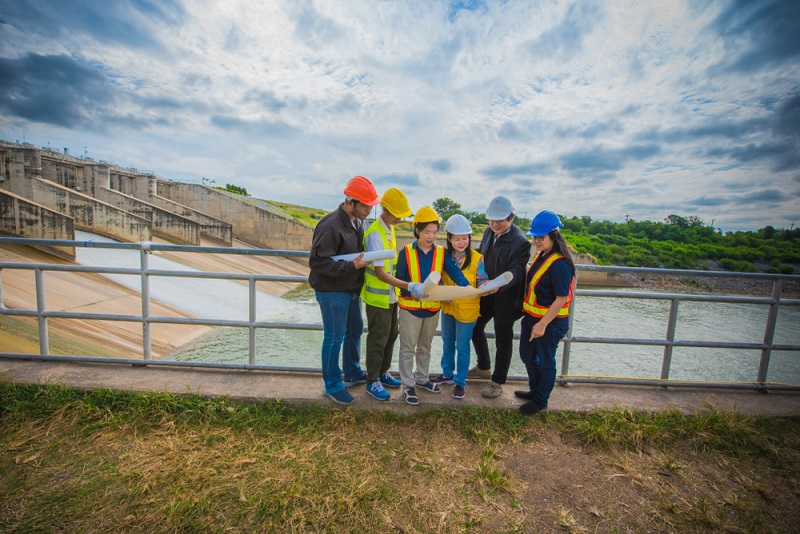People have been building dams for centuries with the primary intention of preventing devastating floods. Dams are constructed on a river or stream with a motive to retain water in vast quantities that can be used for a variety of purposes like water supply, irrigation, hydropower, and lots more.
Table of Contents
Here Are Some of the Critical Benefits of Dam Construction:
1. Flood Control
Dam construction plays a crucial role in the prevention of the devastating floods, which cause significant damage to life, property, and the environment. With the help of the dams, the rising water level of the rivers can be effectively controlled for a temporary period and release it later.
All the dams are equipped with an integrated water management system that automatically controls the storing the water in large quantities and discharging it when the time is right.
2. Water Supply
The water retained by the dams is used to supply fresh water for industrial and residential purposes in large quantities. Dams are beneficial when it comes to regulating the flow of water on the rivers. During droughts, the water that is saved in reservoirs can be released for irrigation purposes, to support wildlife, and for various other purposes.
Dam construction also prevents the migration of people from rural areas to cities because the provision of water allows them to earn through farming and opt for a better standard of living.
3. Water for All
Dams are beneficial to facilitate water supply for residential and industrial use. When the dams are stored water in large quantities, the authorities can supply water during droughts or other emergencies.
The majority of rainfall gets wasted, and this is one of the reasons behind water scarcity. An adequately designed dam can help fulfill the water supply requirement.
4. Inland Navigation
Besides helping with irrigation, electricity generation, and water supply dam are quite helpful in facilitating better inland navigation. The inland river transportation is more advantages when compared to transportation via rail and road as ships can carry a large load. The ability to handle large loads not only saves the fuel but also ensures that the cargo reaches the destination quickly.
5. Irrigation
Irrigation is highly dependent on the water that it receives from the reservoir of the dams. World Commission of Dam published the data which states around 40% of the irrigated land in the world depends on the water supplied by the dams.
6. Hydropower Generation
Dam constructions also play a crucial role when it comes to the generation of hydropower. The power generated by dams is the renewable energy resource as it does not contribute to towards depletion of ozone, air pollutions, and global warming. The electricity generated by the dams provides approximately 24% of the total renewable electricity throughout the world.
7. Recreation
Dam construction has been helping directly or indirectly to improve tourism. It is because dams are also used for recreational activities like kayaking, water sports, boating, camping, and so on.
The construction of resorts near the dam also allows people to enjoy a memorable stay with a magnificent view. The large quantities of water stored by the dams also alleviate the growth of flora and fauna.
It has also given a boost to activities like bird watching, hiking, landscape painting, and whatnot.
Conclusion
Dam construction is categorized into two groups, i.e. single-purpose and multipurpose. Though all the dams have a versatile use, they also have a single determined purpose, i.e. irrigation or hydropower generation. Dam construction in Wonthaggi is playing an essential role in improving the overall standard of living of the people residing nearby. If this article has made sense to you, then feel free to share a word about it.



